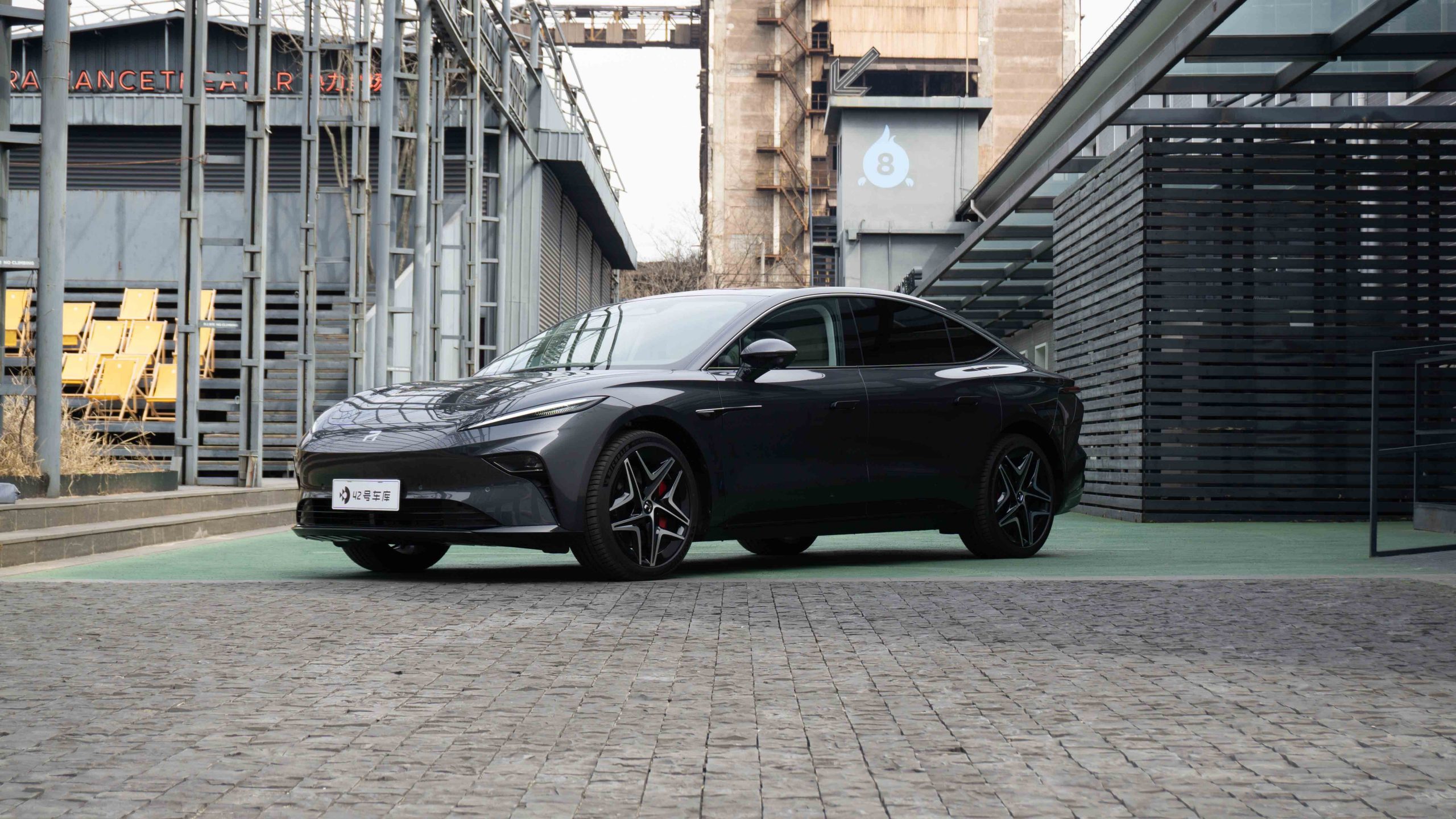After the release of F7 by FEVROU, its cockpit was named the Bach cockpit. Since the father of Western music was used as the name, my subconscious told me that it must be related to the sound system, but FEVROU officials stated that the Bach cockpit of F7 was mainly about the sense of atmosphere.
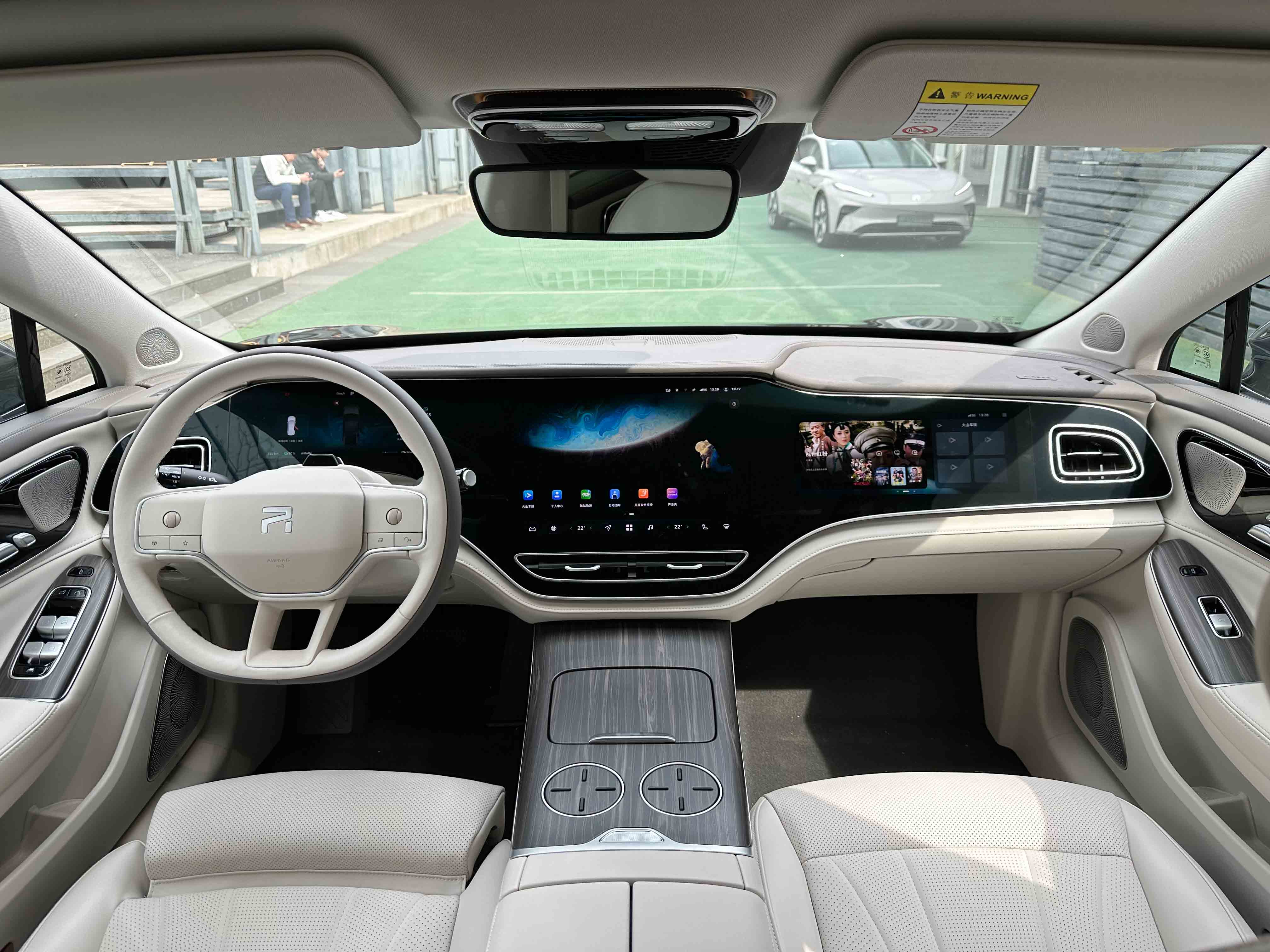
Therefore, on the occasion of the upcoming launch of F7 by FEVROU, a workshop was held for the cockpit, mainly introducing what the sense of atmosphere of the Bach cockpit is from two points: seats and sound systems.
The seats match the Mercedes-Benz S-Class
The most important thing about the cockpit is the “seat”. For the three seats on F7 by FEVROU, FEVROU directly used the S-Class of the Mercedes-Benz D-Class as its benchmark.
The starting point of FEVROU’s design of this set of seats is very interesting. The set of seats on F7 by FEVROU aims to solve the pain points of passengers feeling that the sitting position of electric cars is too high, the seating comfort is poor, and the filling material is not good enough. Therefore, the seats are created through a large amount of seat force analysis, vehicle vibration frequency, and adjustment methods, and achieved the highest score in history for “Comfort Star” by China Automotive Technology Research Center.
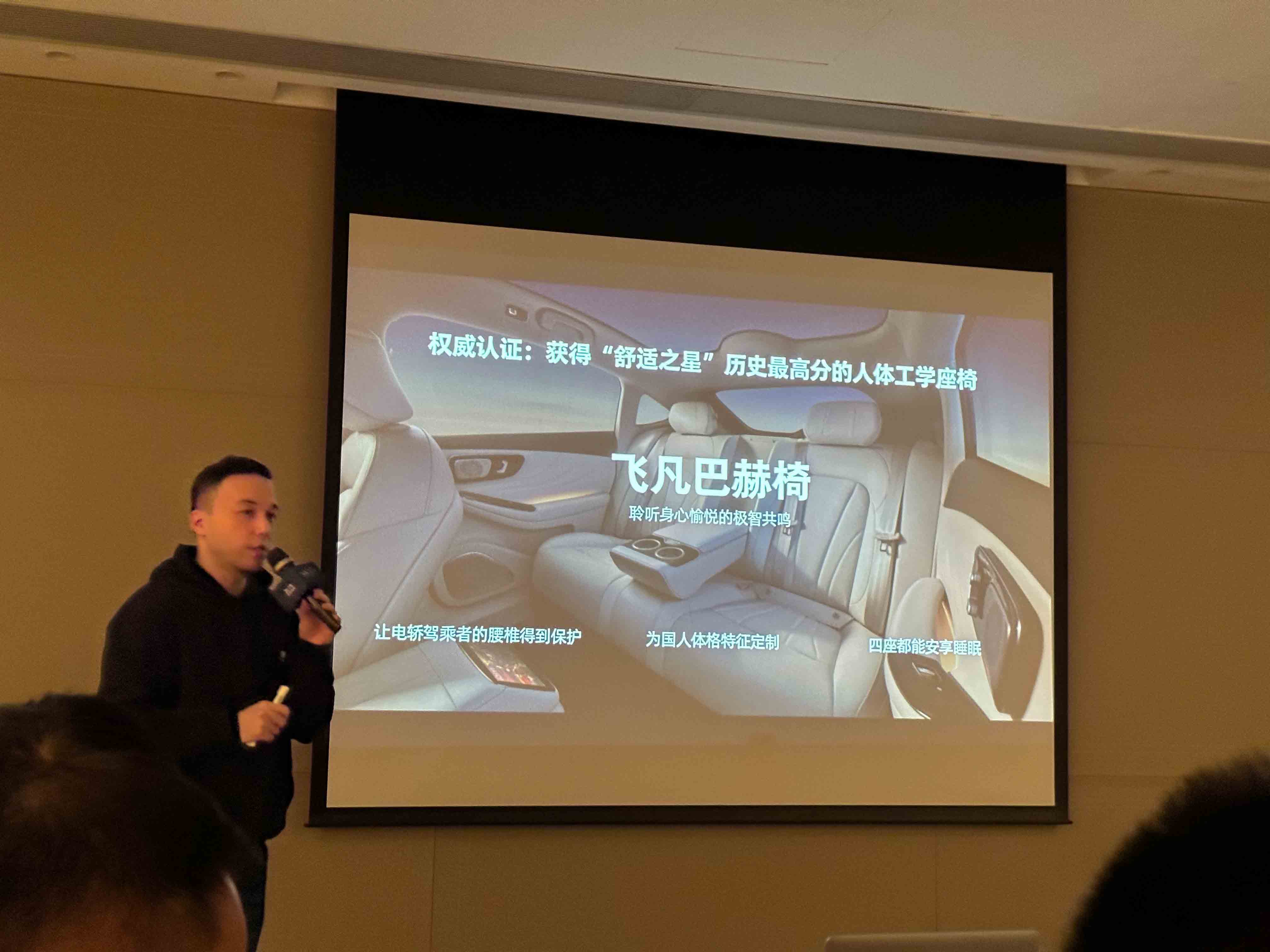
So, the most obvious feeling is that this is a human engineering seat that engineers have tuned through a large amount of data. And the development cycle of this set of seats is even comparable to that of the cockpit, and some of the tests of FEVROU’s seats are better than those of the Mercedes-Benz S-Class.
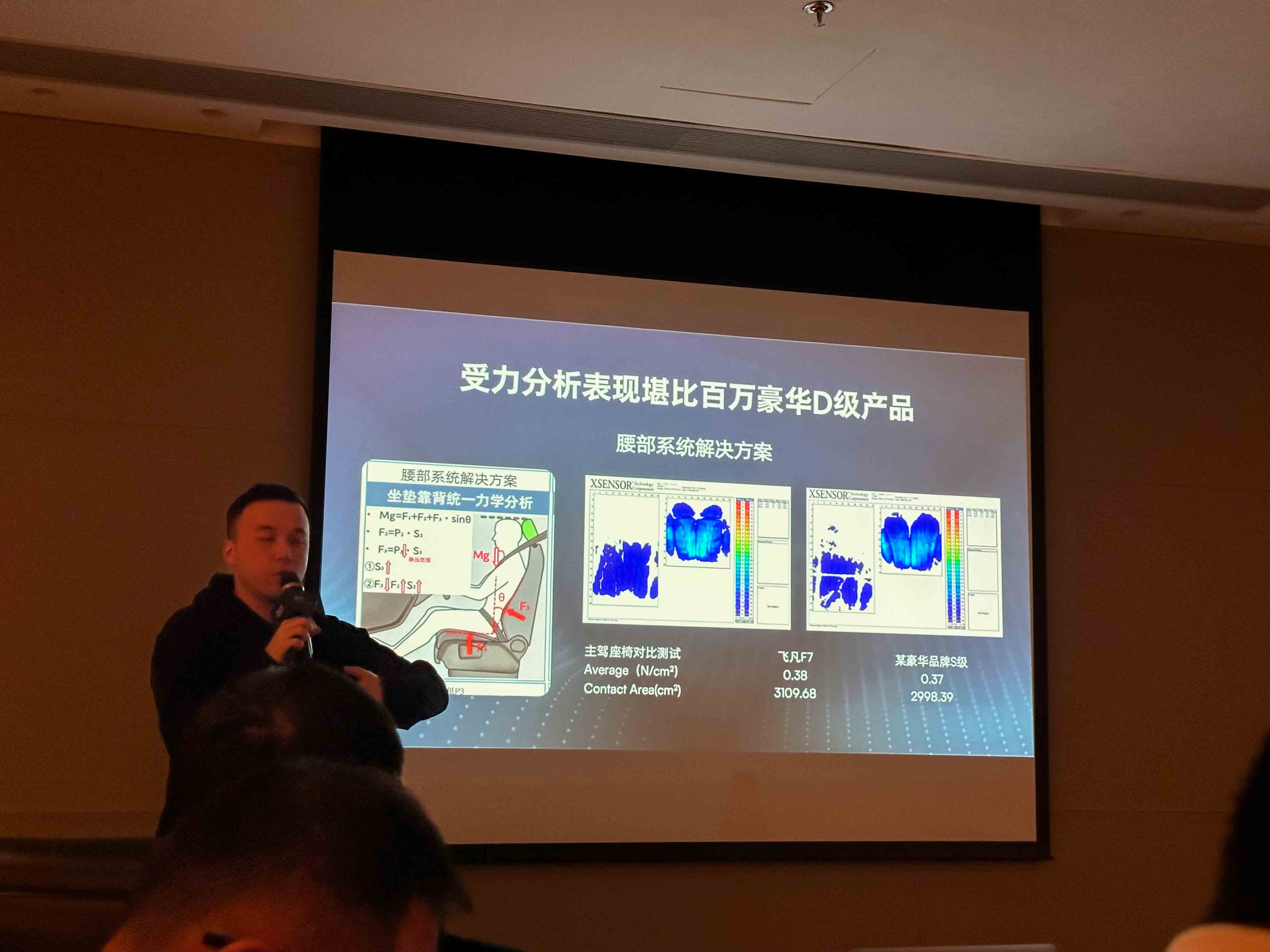
After actual experience, whether it is the seat data or the riding experience of F7 by FEVROU, there is really no room for dissatisfaction in the same class.
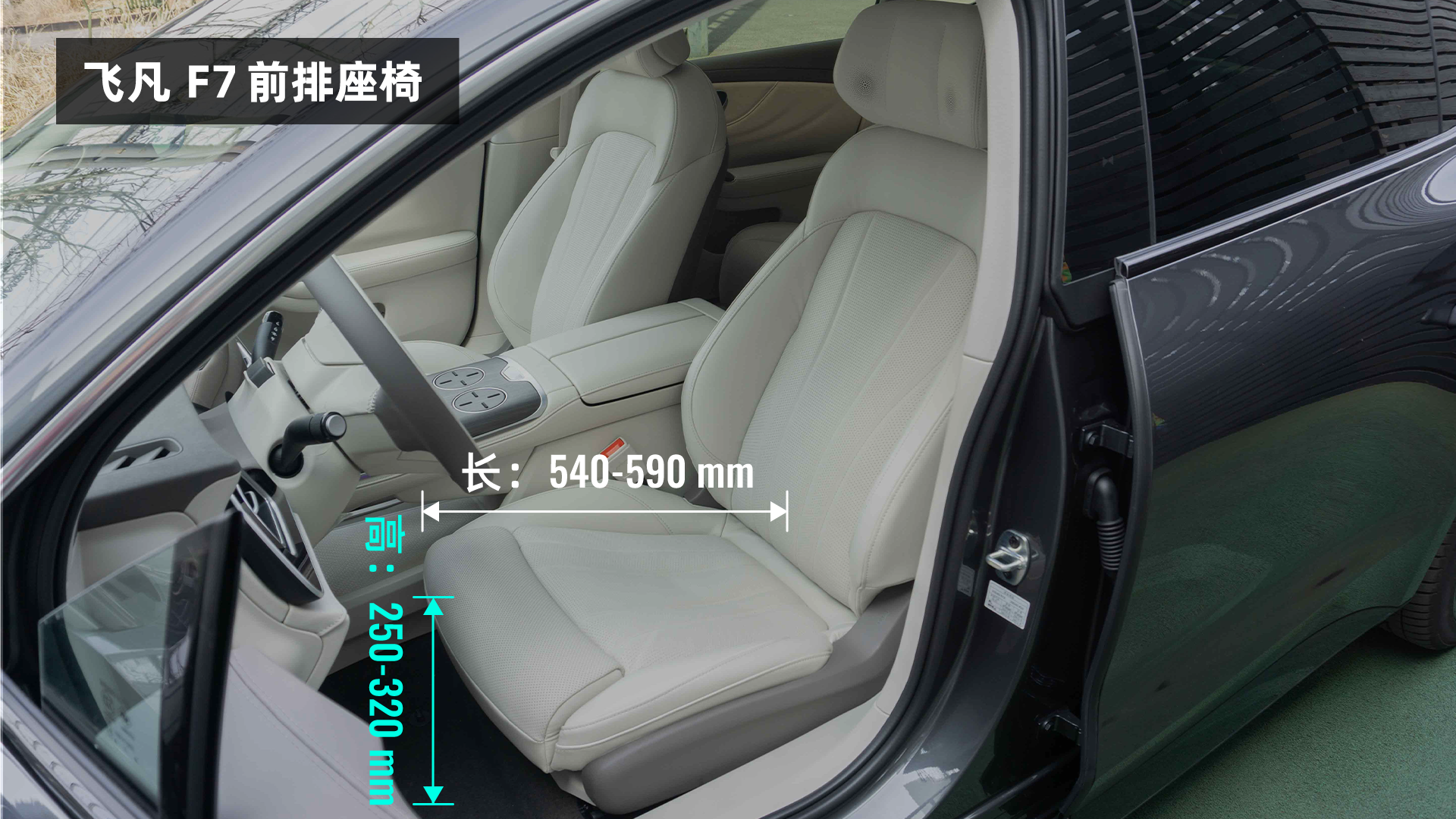
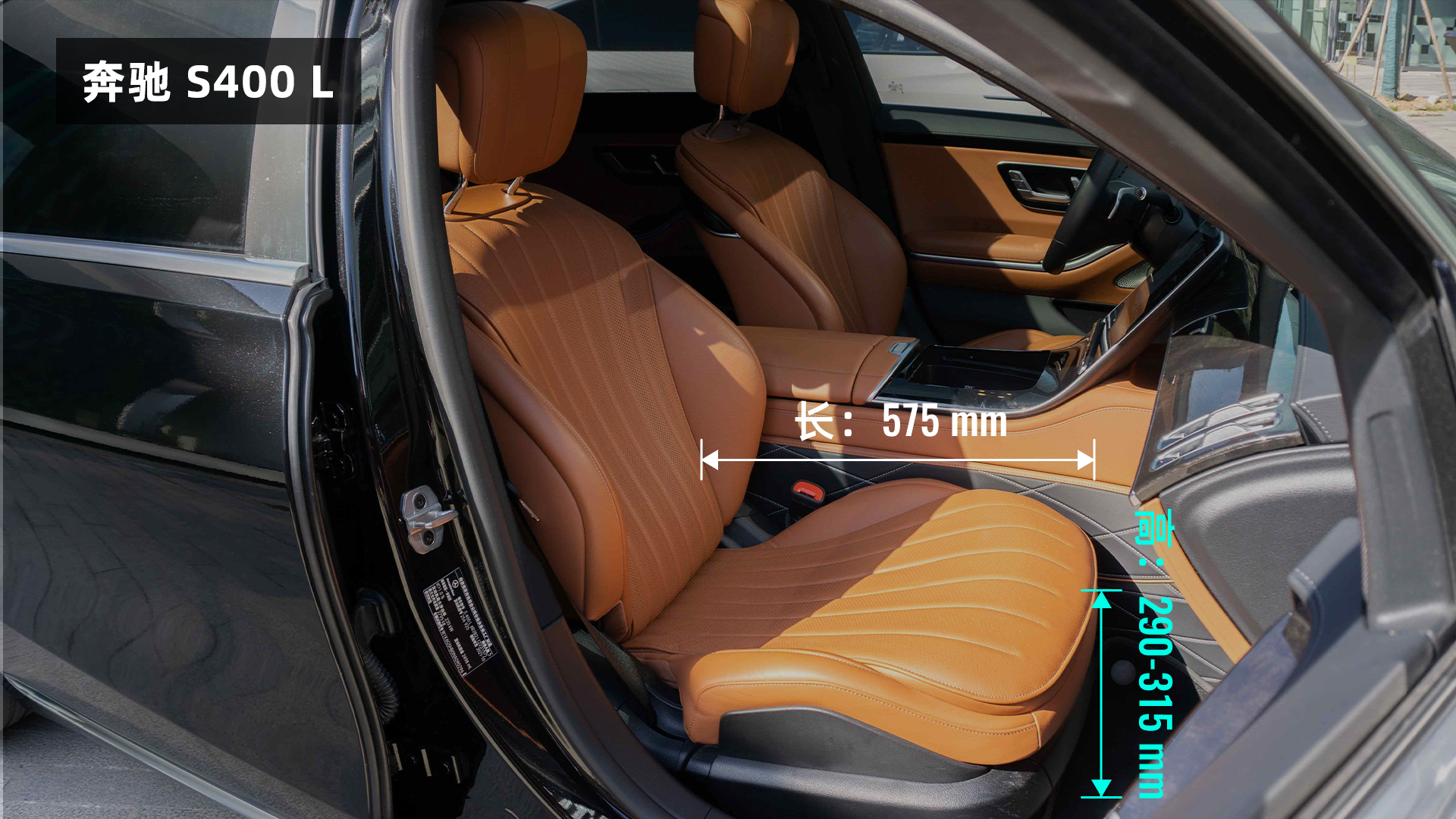
After actual testing, the height of the front seats of F7 is 25-32 cm, and the length of the seat cushion is 54-59 cm. Compared with the 52-57 cm and 24-28 cm of NIO ET5, and the 57.5 cm and 29-31.5 cm of the Mercedes-Benz S-Class, F7 by FEVROU has more advantages in actual data testing. The advantage of the longer leg rest is better thigh support, which allows the driver not to feel too tired in the legs even when driving the vehicle for a long time.
However, the front seat leg rest of the F7 by FEIFAN is manually adjustable and requires regular cleaning due to accumulating dirt.
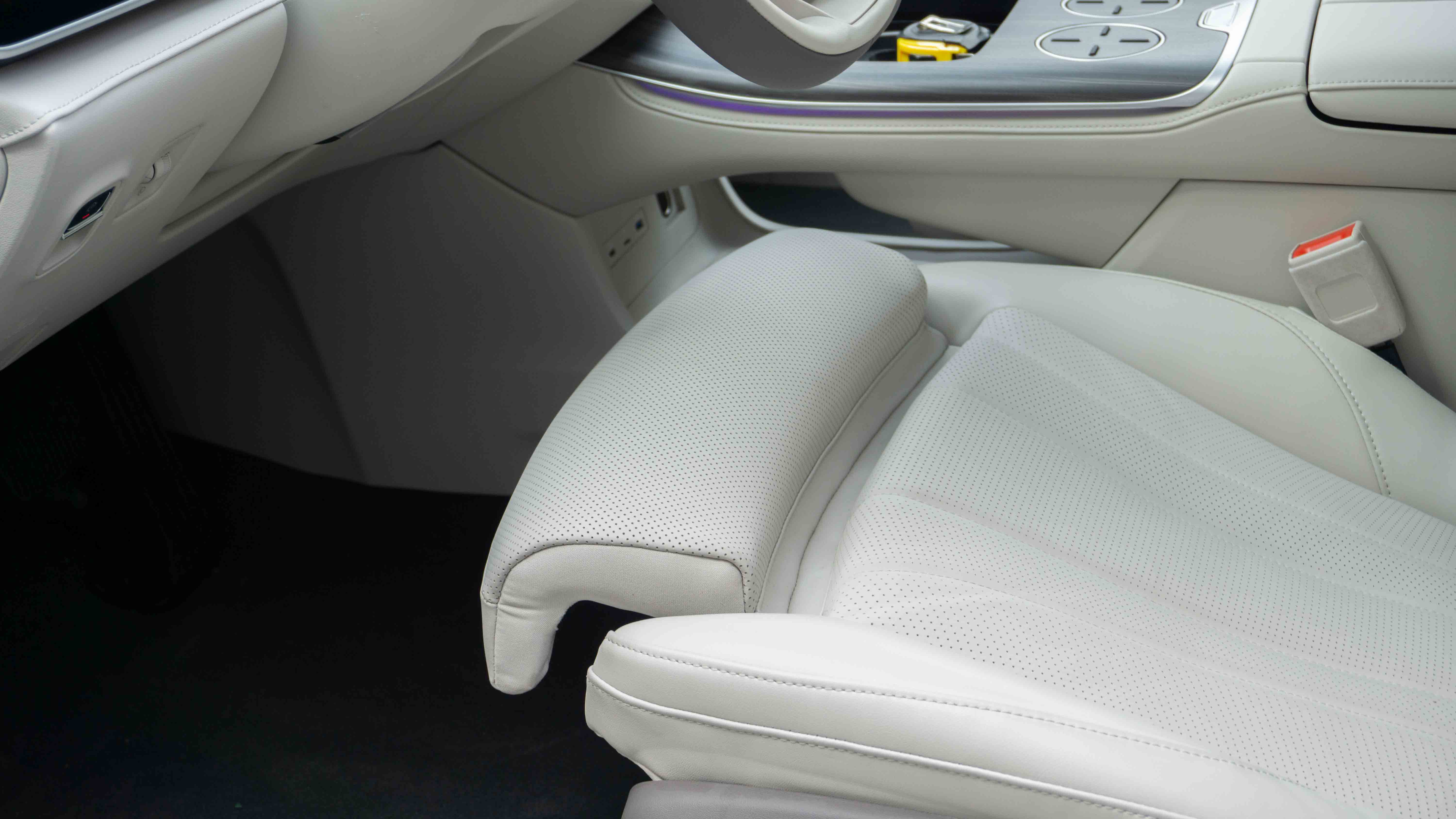
With a minimum seat height of 25 cm, a 16 cm ground clearance, and an 11 cm battery thickness, the F7 by FEIFAN has a low sitting posture that resembles fuel-powered cars. The front seat height ranges from 25-32 cm, providing users of different heights with an optimal riding experience.
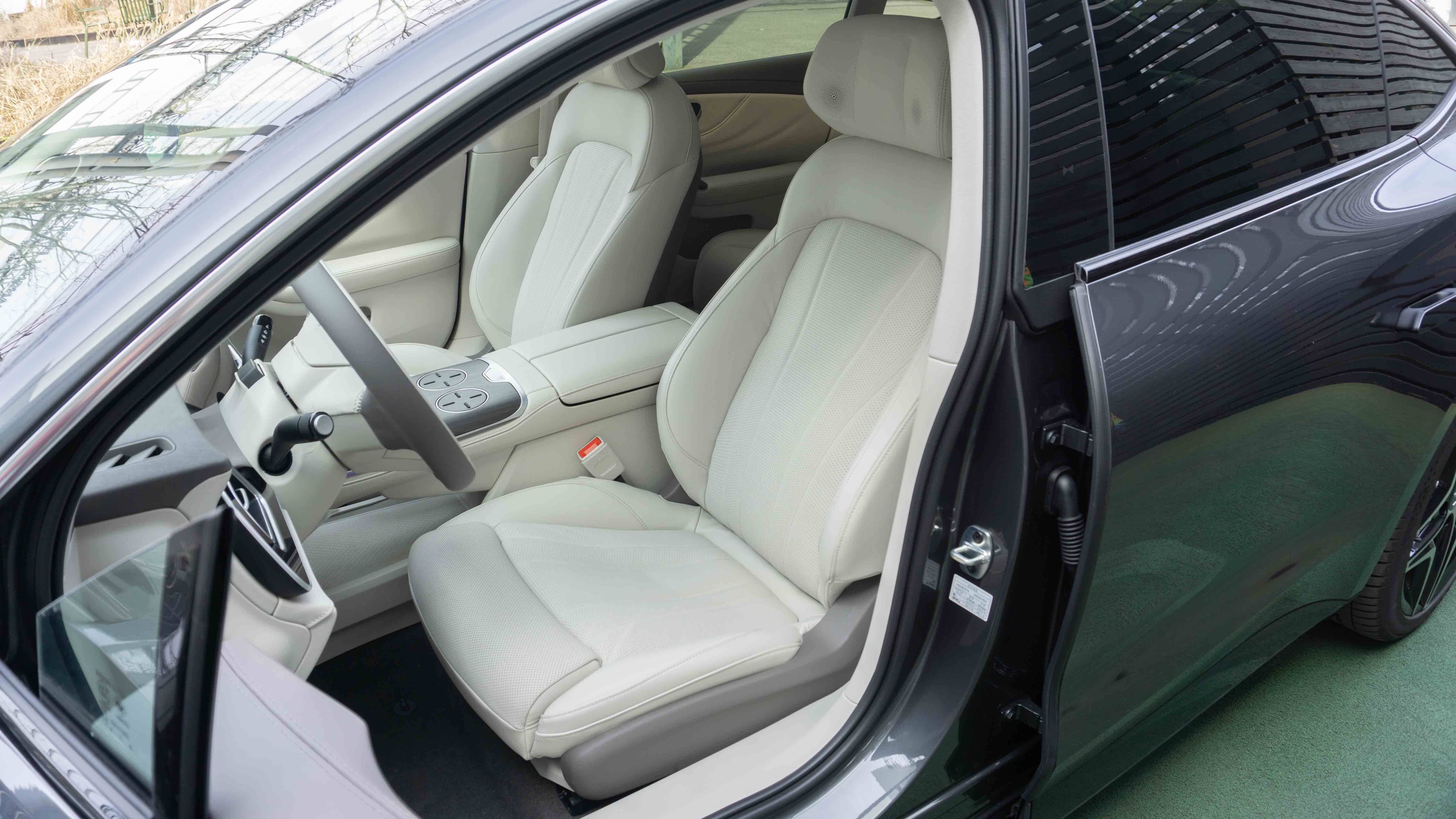
When sitting in the front seat of the F7 by FEIFAN, there is a good feeling of seat wrapping and fit, but it is not as secure as that found in sports cars or supercars. Instead, it provides a soft and comfortable driving experience.
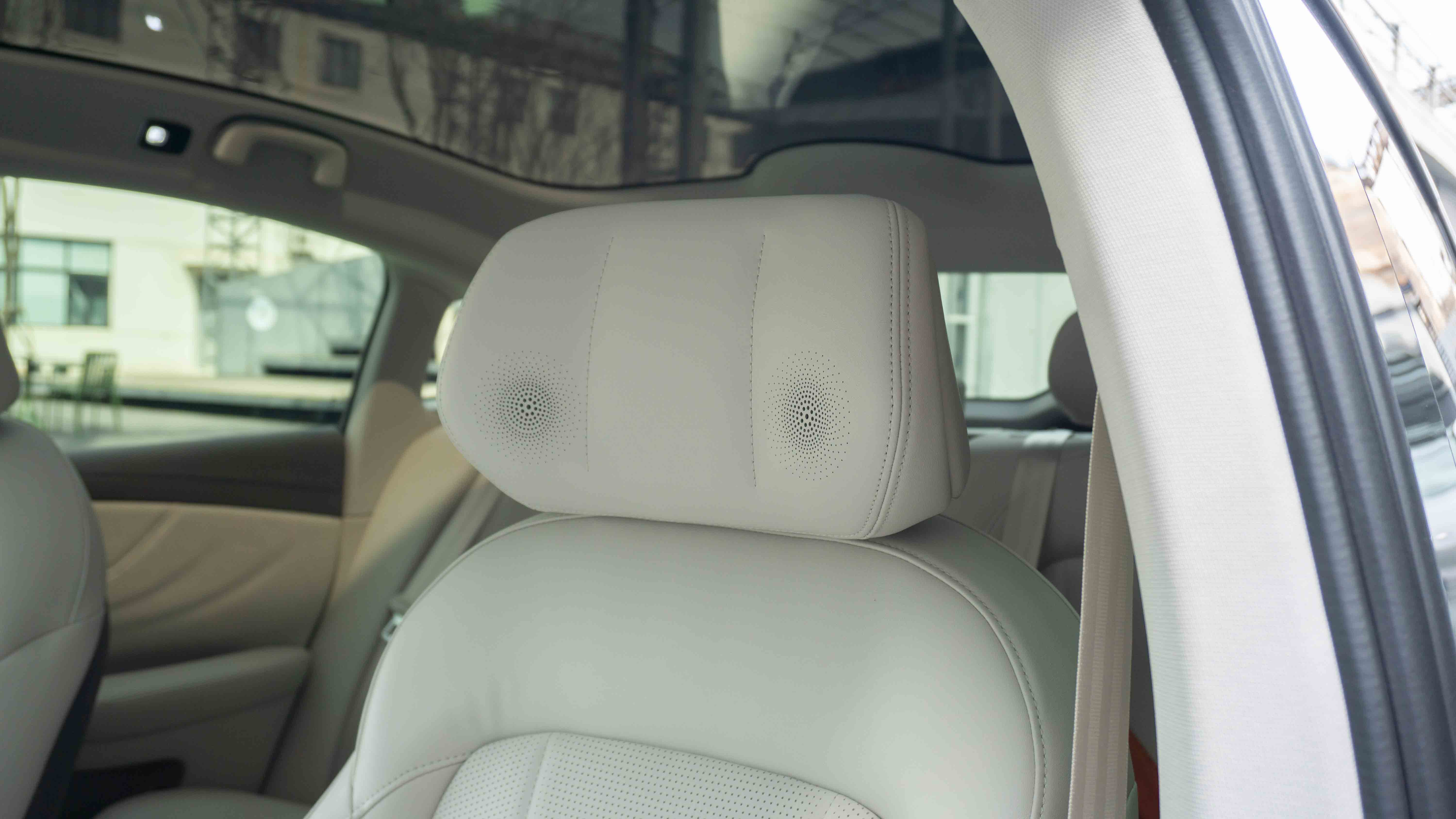
Additionally, the lumbar support on the backrest is in place, providing a natural and comfortable feeling without any stiffness, which leaves a very good initial impression. We are curious to see if it offers long-term comfort during extended periods of driving when it officially goes on sale.

Moving to the rear seats, the cushion length and height are 54 cm and 31 cm, respectively, providing a consistent feeling with the front seats. The filling is moderately soft and hard, and it fits well in the lumbar and side areas. Additionally, the seat tilt is appropriate and supports the thighs just right, making it superior to the 52 cm rear seats found in the Mercedes S-Class.
And the rear seats of the F7 of FEYVAN also have a 6° adjustable electric adjustment function. Generally speaking, I prefer to recline the seats to the maximum angle for a more lying experience.
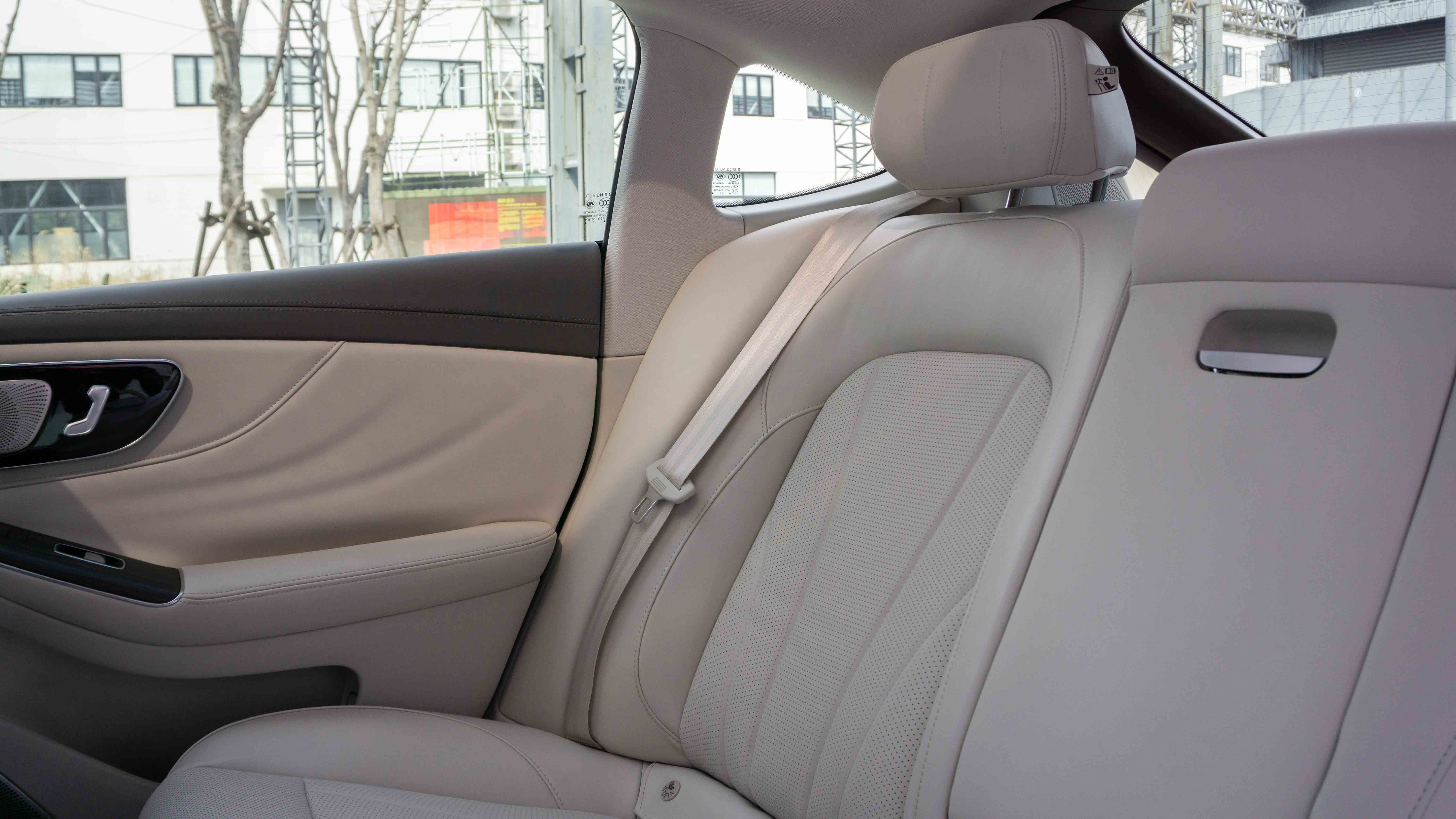
In the appropriate driving posture of mine (height 175 cm, weight 68 kg), the leg space in the front row is about one hand, and the head space reaches one hand after the glass moonroof is “invaded” .The overall riding experience is relatively spacious.
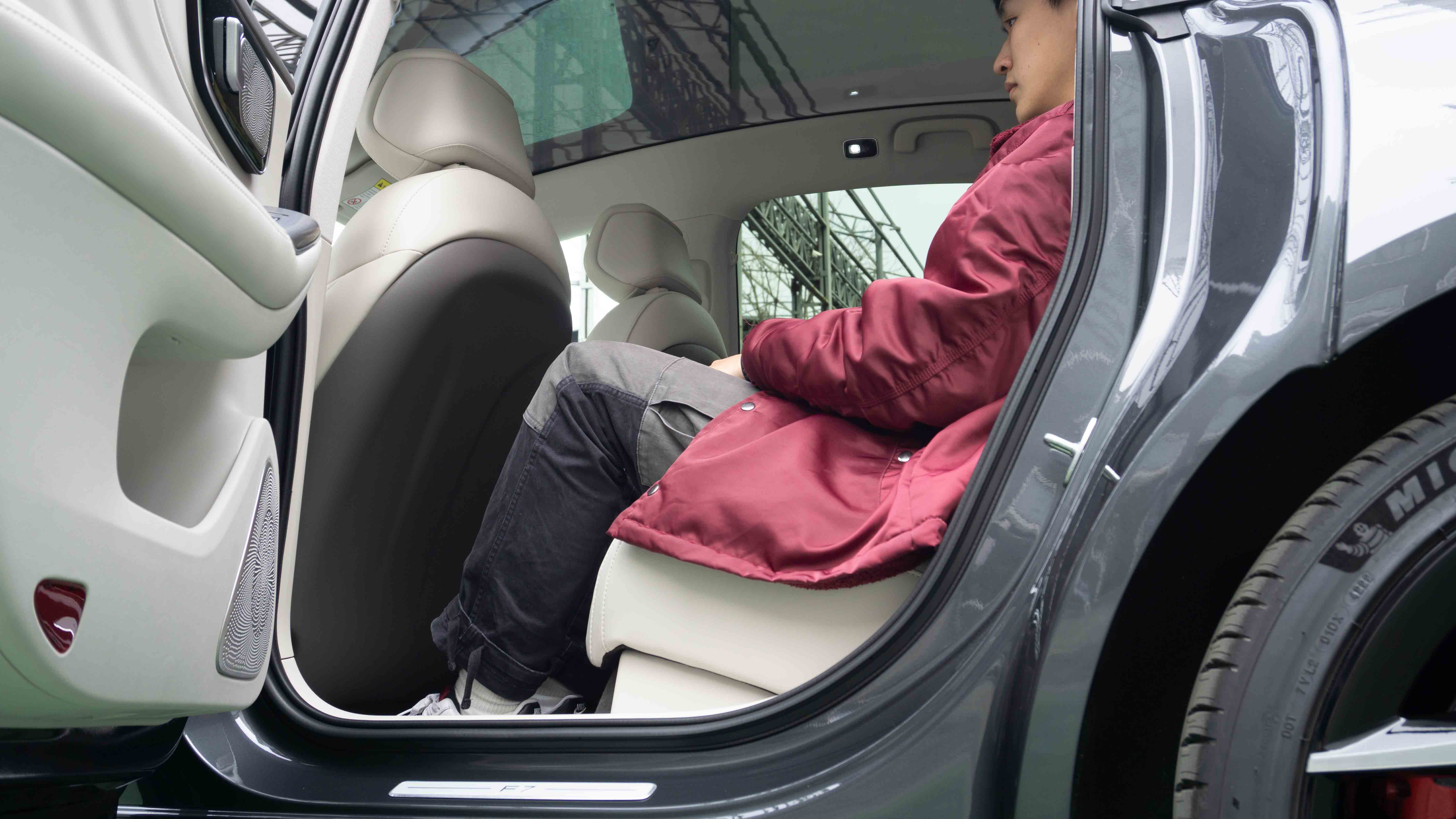

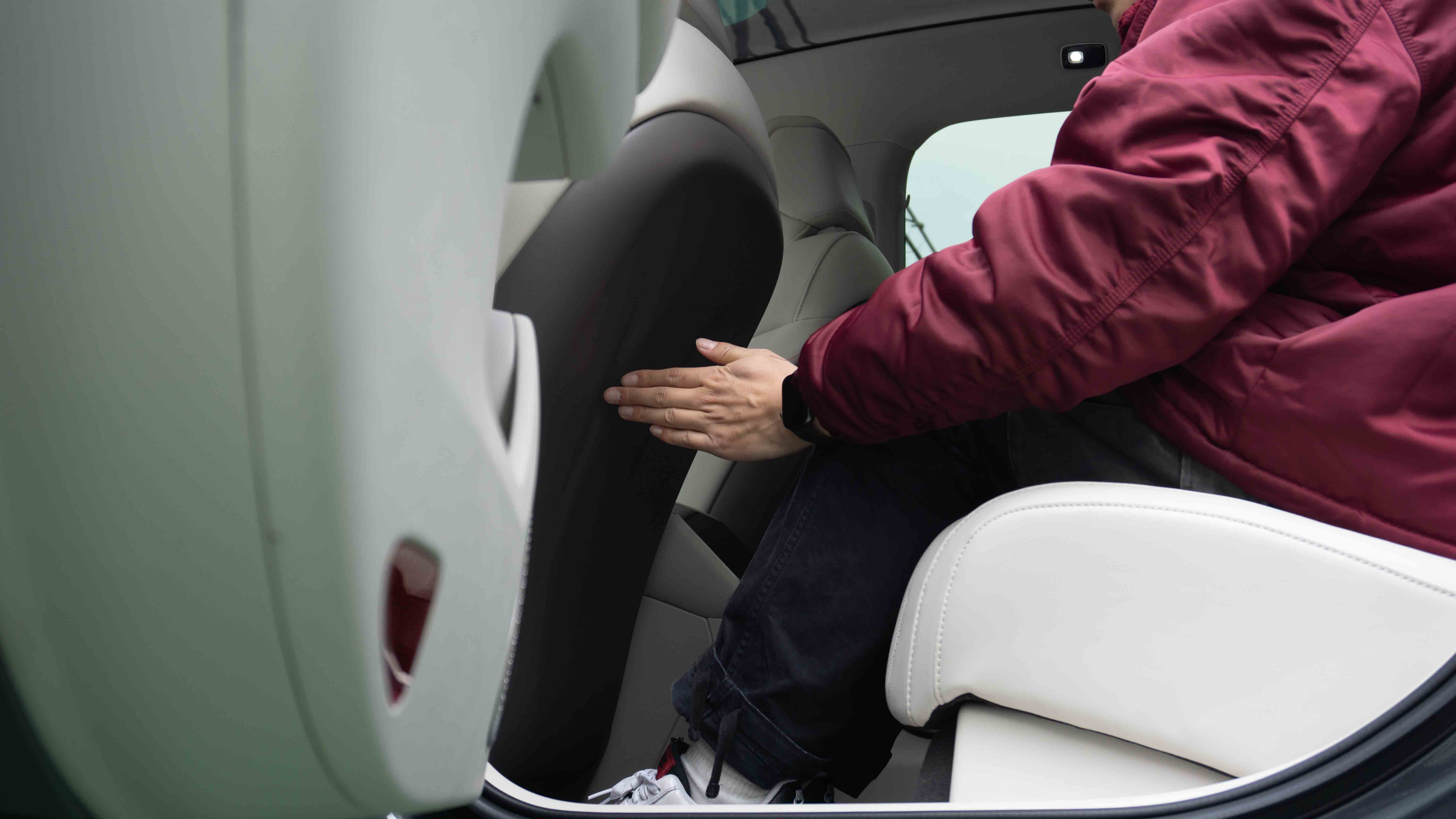
After actual riding, my doubts were dispelled. I originally thought that the seats designed by a group of engineers with a large amount of data may not be as comfortable as the data showed, but in fact, with the support of data, the F7 can obtain a more fitting and comfortable static riding experience.
BACH Cockpit audio
As far as audio is concerned. Since it is named after the Western music father Bach, people will subconsciously think that this audio system will be the highlight of the entire cockpit. At present, when everyone compares audio, they are comparing hardware such as speaker quantity, number of channels, and power.
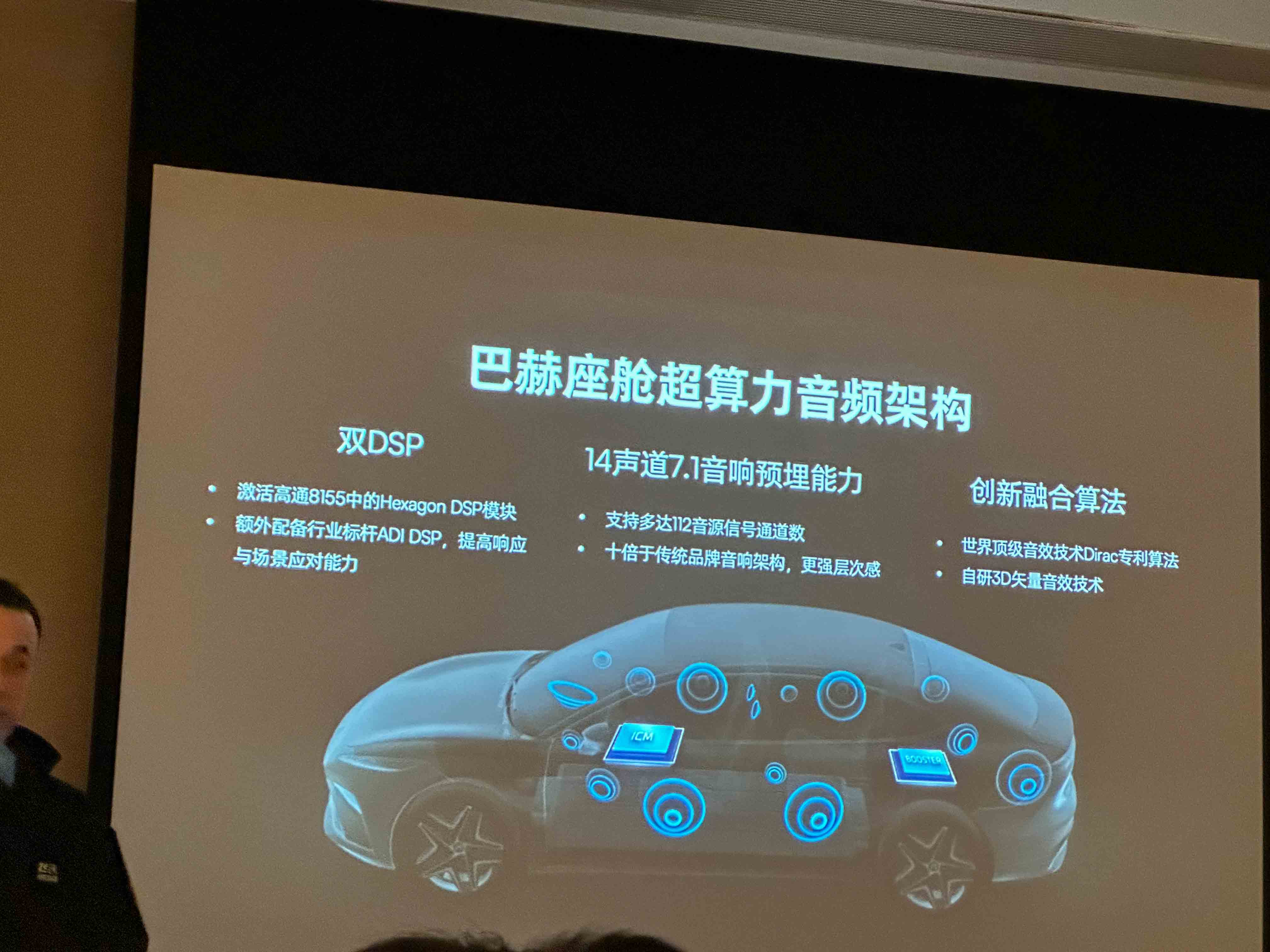
FEYVAN F7 focuses on the amplifier and software. Students who like to refit car audio must know that replacing an amplifier on the basis of not moving the speaker can greatly improve the audio experience.
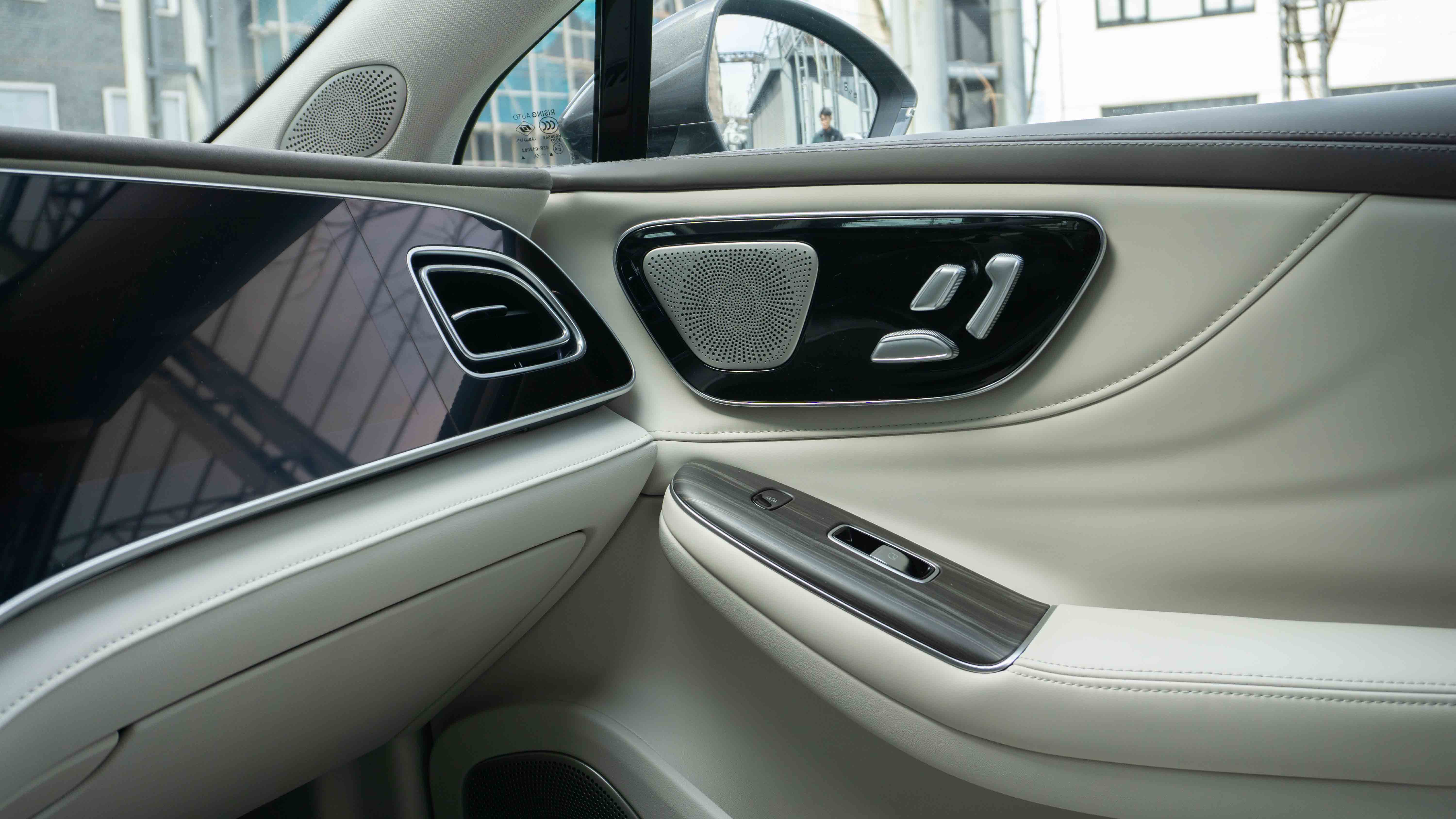 The F7 from FEVAN is equipped with dual DSPs, the first of which activates the DSP for Qualcomm Snapdragon 8155 in the cockpit. ZeroRun Zhu Jiangming had previously mentioned that activating this DSP is a way to increase computational power and save costs.
The F7 from FEVAN is equipped with dual DSPs, the first of which activates the DSP for Qualcomm Snapdragon 8155 in the cockpit. ZeroRun Zhu Jiangming had previously mentioned that activating this DSP is a way to increase computational power and save costs.
For FEVAN, it is necessary to create a better experience, so an additional ADI DSP is provided to improve responsiveness and scene adaptability. Of course, the explanation process still focuses on principle data, and more emphasis should be placed on actual experience.
In terms of hardware, the F7 is equipped with 14 low, medium, and high frequency speakers, and an additional headrest speaker for a total of 16 speakers, with 7.1 surround sound and self-developed 3D vector sound effect technology. The speaker unit is not provided by 上声 (Shangsheng), but is custom-made with 上汽凌束 (SAIC Lynk&Co), and the dual DSP provides advantages in audio fusion and mixing.
The most outstanding feature in actual experience is the prompt sound and navigation partition sound field. For example, when you need to turn left, sitting on the driver’s side, you will clearly notice that the left turn broadcast from the navigation is coming from your left ear. Similarly, when the right side line assistance prompt sounds, you will react to the need to pay attention to the right through the right ear channel. This is like using a technology similar to Dolby Atmos to embody prompt sounds, which is very intuitive.
If you’re interested, you can experience it through the video below (headphones recommended).
Lastly,On March 27, Feeyo F7 will also be officially launched. During the introduction, Feeyo itself also stated that the F7’s competitor is not the ET5, which is commonly mentioned, but the NIO ET7, although there is a higher degree of overlap in price with the ET5.
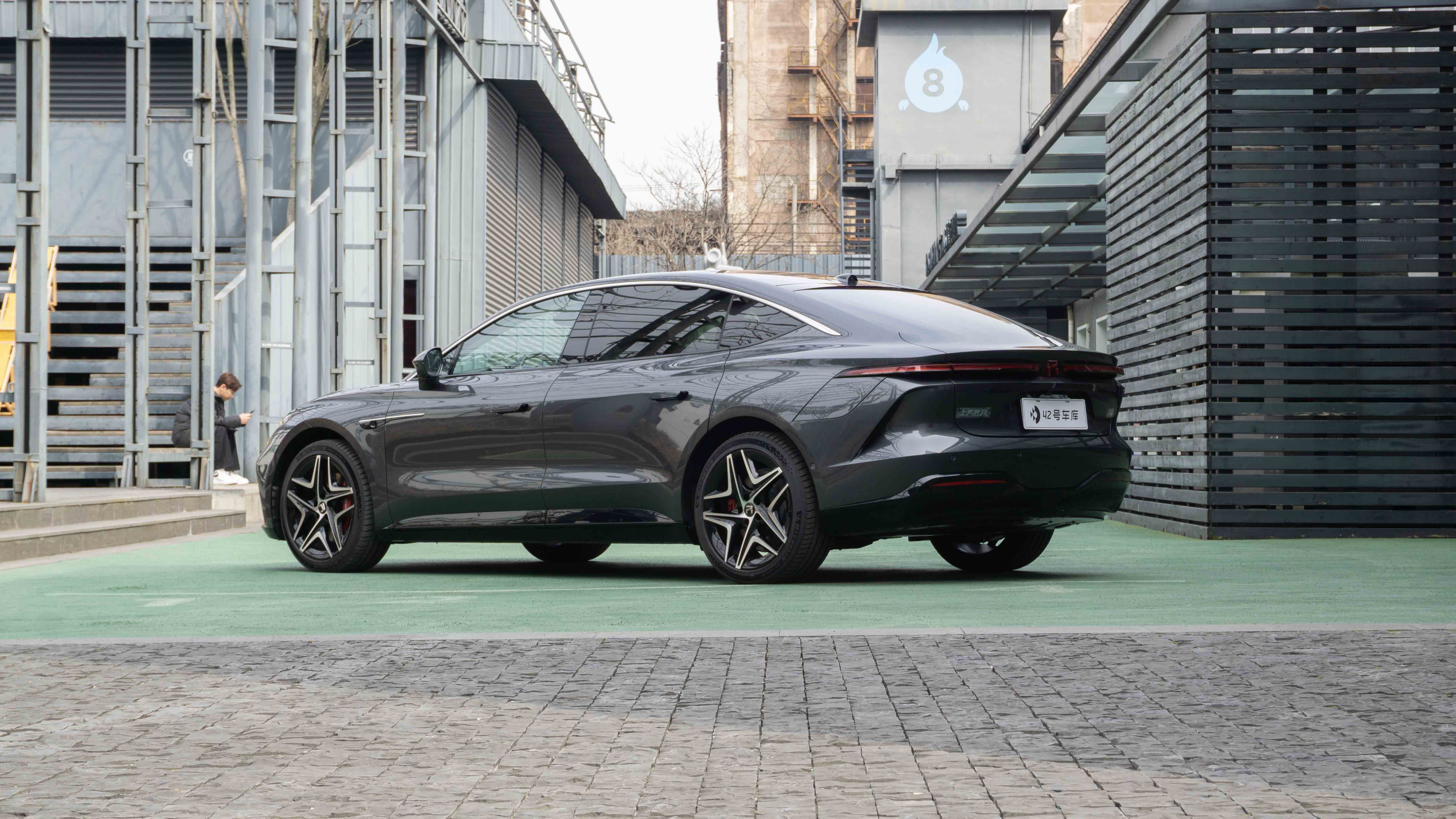
As an old-fashioned traditional car company, SAIC wants to make efforts in the field of new energy. In addition to the supply chain, manufacturing, and motor areas, this time it focuses on the areas of seats, audio, and other expertise in order to create its own differentiation.
This article is a translation by ChatGPT of a Chinese report from 42HOW. If you have any questions about it, please email bd@42how.com.
